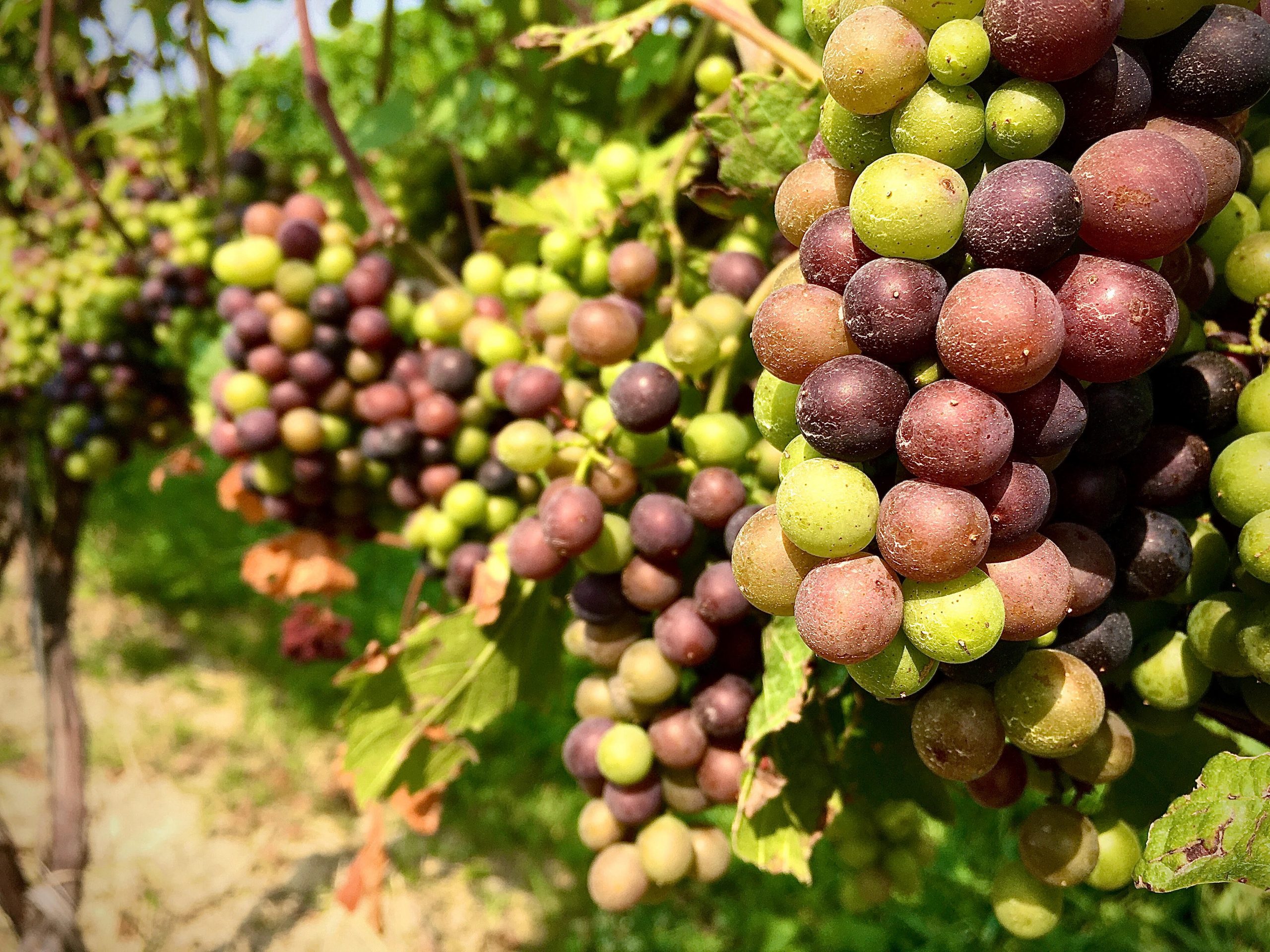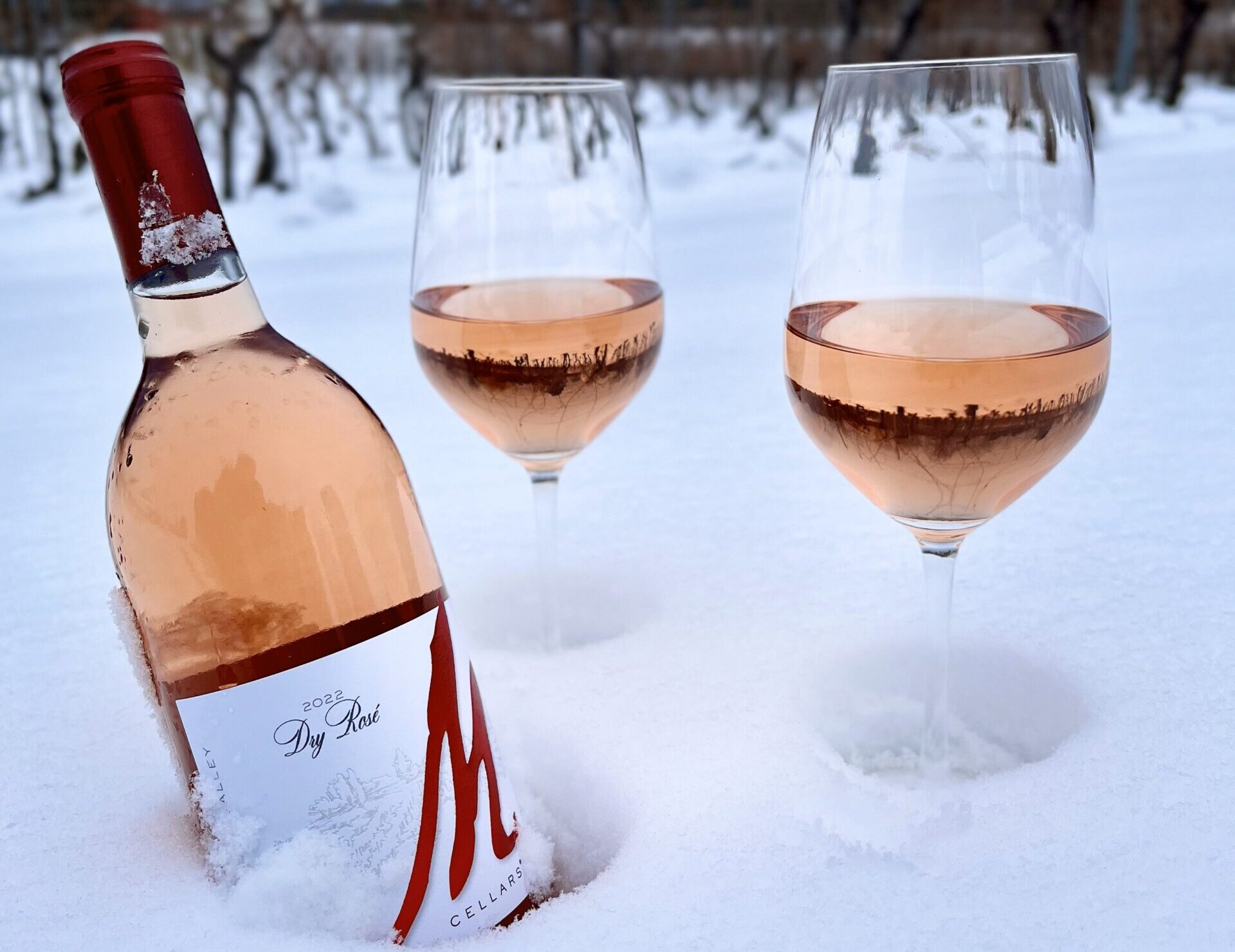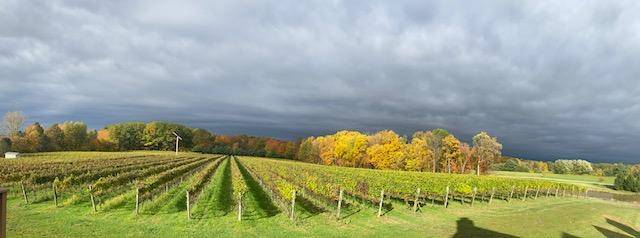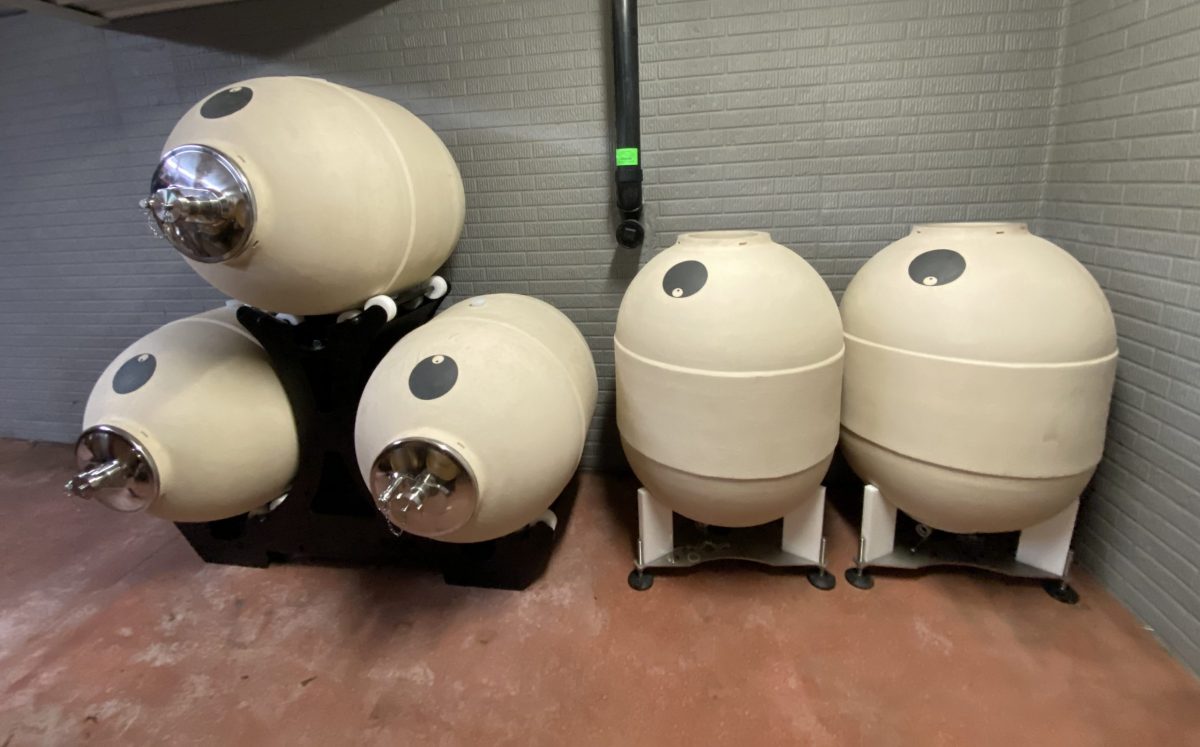As summer stretches on towards fall, it’s easy to start daydreaming about the wine that will come from this vintage. Will we celebrate our best results yet? How will it compare to previous vintages? Will there be a stand-out varietal? To help provide a little insight, we can take a look at the 2021 growing season in the Grand River Valley, and how things are shaping up as we approach harvest.
At the dawn of any growing season, frost is our biggest threat. The start of spring brought a few frosty nights, but not enough to cause worry in our sites. There was very marginal damage to our lowest lying vineyards—but nothing that would set us back.
The spring brought rain, and that rain stretched into summer. It rained, and rained, and rained. Rain in the front half of the season is good and necessary, but this year brought the most we’ve seen since opening our cellar doors. More rain means more growth. Of everything. We needed to do more weed, pest and fungus control. And more vine control. Managing the canopy is a big chore, and we had to manage it more than ever before. Summer brought a heavy workload. It tested the limits for our team, but we think it will pay off.
Now things are drying out, which is ideal. August and September are really when the wine is made, and we want them to be hot and dry. If it rains too much at the end of the season, the berries can absorb too much water, which will impact their flavor intensity. Eventually, too much water absorption can even cause the grapes to burst. That would certainly be a bust.
Luckily, everything is shaping up perfectly. We’re heading into the harvest season exactly as we’d hoped. Our fruit is already reaching veraison, which is when grapes ripen and start to sweeten. In red wine grapes, this is when they begin to change color. It’s a beautiful time to stroll the vineyard and a sign that harvest is just around the corner. Which means in the not-too-distant future, we’ll be able to taste the fruit of our labors—literally. We hope you’ll join us when the time comes. Until then, there’s still plenty to enjoy from last year’s remarkably good growing season.




